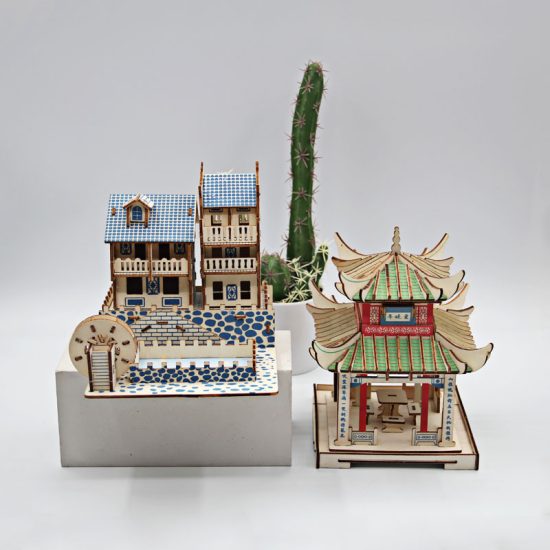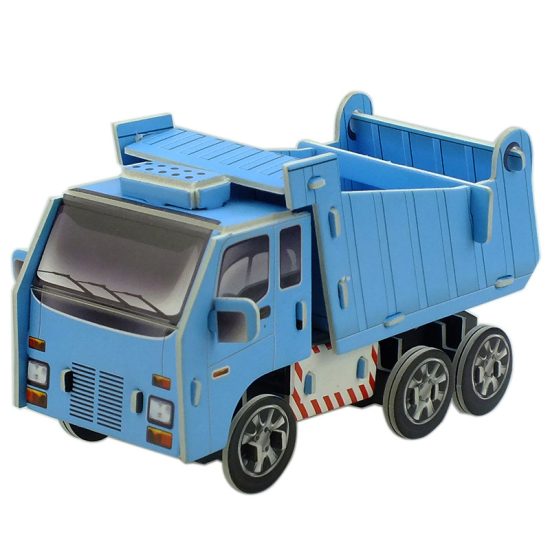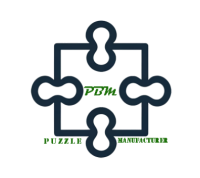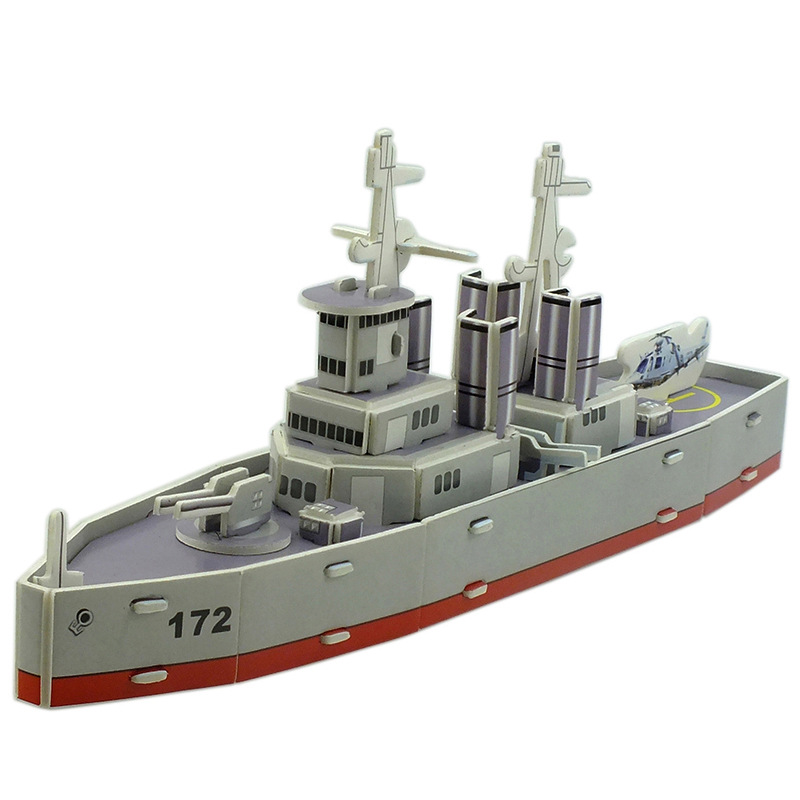The characteristics of different materials commonly used for 3D puzzles are:
- Cardboard: Lightweight, affordable, easy to print on, and commonly used for producing 3D puzzles in large quantities. However, cardboard puzzles are less durable than other materials.
- Plastic: Durable, long-lasting, and capable of holding intricate details. Plastic puzzles are commonly used for producing 3D puzzles that require a high level of precision and detail. However, they are more expensive than cardboard puzzles.
- Wood: Durable, can be stained or painted for a unique finish, and provides a natural look and feel. Wooden puzzles are more expensive than cardboard puzzles but are highly durable and long-lasting.
- Metal: Highly detailed and challenging to assemble, metal 3D puzzles are often used as brain teasers or display pieces. However, they can be quite expensive and require a high level of precision and patience to assemble.
- Foam: Lightweight and easy to assemble, foam puzzles are often used for children’s puzzles. They are less durable than other materials and may not have the same level of detail as plastic or wooden puzzles.
- Acrylic: Clear and highly durable, acrylic puzzles are often used as display pieces. They are more expensive than cardboard or foam puzzles and require a high level of precision to produce.



